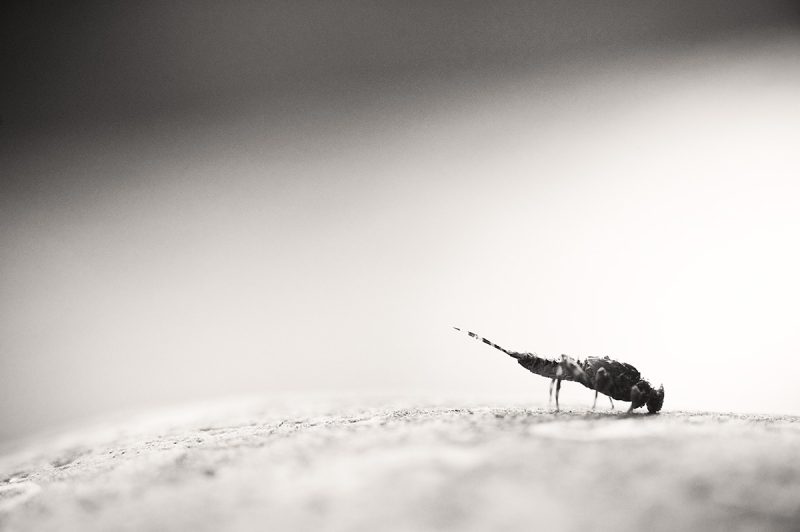Uncategorized
Downward Dog Drakes
Now that drake season is a fading memory of late nights on dark water I wanted to share some thoughts on insect metamorphosis, midwifery and sheer wonder and awe. With the low water year we had on Colorado’s western slope came epic bug hatches and above average water clarity. Often our mother’s day hatch coincides with the dirty water of run off. Not the case this year, which led to very healthy fish that could see more of their food. Trout were in prime shape when the drakes started showing up in the lower valleys.
It may be genetic, as my mother has caught over two hundred babies, but there is something about watching an insect hatch that is beautiful and unexplainably humbling. Perhaps my fascination began as a child, woken in the early mornings and being shuttled off with her to another birth.
During drake season I have adopted the behavior of facilitator and play midwife to the insects. I hatch them riverside, prematurely. Requisite equipment is basic. I bring my favorite five weight, floatant, a puck full of dry flies, cripples and emerger’s (as I will be casting to rising fish by light’s end), camera and a favorite macro lens. Usually I don’t fish until I see hatching mayflies or a flurry of splashy rises. This leaves plenty of time to relax; as our hatch is a low light dark thirty endeavor, perhaps with a cold beverage or three, always in awe of the wonder before me.
Rolling rocks, I find them near the edges below fast riffles, migrating to the edge, waiting their born on day. I collect a few, and based on the look of their wing case, I either throw them back into the current, or select the ones with signs of labor. I find a cracked back drake makes a good candidate and while I can never be sure, I will these ones to hatch. I warm them in my hand, provide fresh water and keep them corralled in my own personal neonatal care unit. If I am lucky, I’ll begin to see signs of metamorphosis. A few extra wiggles and shimmying are good signs. Drake yoga positions are common and they are good dancers. Magic will happen but won’t last long. The wing case will slowly bulge and split, and crumpled slate wings unfold and poke into the air. More legs wiggle as a bright green, yellow and purple abdomen appears. An empty shuck still clings to tail fibers. A few hops and flaps of drying wings and then it is over and it has happened and the drake is now gone. Airborne into the twilight foliage, it has disappeared; leaving me speechless and pondering their ability to breathe water, then air. Often I don’t see that magic. It’s still too cold, or the barometric pressure is wrong or I’m above the bulk of the hatch, or below it. Things I can only wonder about as I spot a quick splash, find my position, look over my shoulder for branches and present a fake to a hungry trout.
